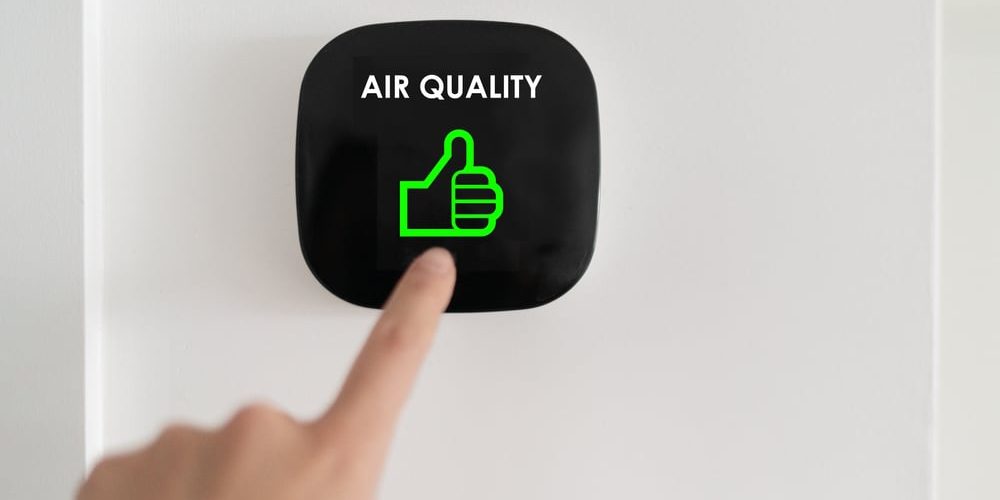If you’ve been coughing, sneezing, or just feeling under the weather lately, it may be due to your indoor air quality. Regardless of the season, keeping the air you breathe in your home clean can help eliminate particles that make us sick. In this post, we’ll review some ways to improve indoor air quality, including common culprits that can make it worse.
The Importance of Good Indoor Air Quality
Studies have shown that Canadians with superior air quality deal with lower incidents of allergies and respiratory illness. On the other hand, poor air quality can impact your family’s health by introducing allergens and microbes into the air you breathe. Excess moisture, poorly ventilated HVAC systems, and smoke are some of the most common irritants in a home’s air supply.
What Causes Poor Indoor Air Quality?
Poor air quality has many causes, but some of the most common ones include:
- Smoking
- Increased moisture, allowing mould and mildew growth
- Clogged or inefficient air filters
- Dirt and contaminants trapped inside your air ducts
- Pollen, ragweed and other allergens that come through open windows and doors
Tips to Improve Indoor Air Quality

Improving your air quality can reduce your chances of getting seasonal allergies and catching the flu or a cold. Try following these tips to maintain healthy indoor air, which can also help improve the smell of your home:
Keep a Clean Home
Many of the particles you breathe come from the surfaces inside your home. These particles are thrown into the air when you walk, sit or stand. That’s why it’s important to dust, mop, and vacuum regularly. These practices together work to eliminate harmful particles from the air.
Keeping your kitchen and bathroom surfaces clean and disinfected can also eliminate bacteria and viruses from seeping into the air.
Change Your Filters
Do you remember the last time you changed your HVAC’s air filter? If not, or it’s been over three months, it’s time for a new one. Once these filters become clogged, they can no longer sift out unwanted particles from the air. So, consider adding “Change furnace filter” to your calendar every few months. In addition to helping improve indoor air quality, a clean filter ensures your system is running at its best.
Use a Heat Recovery or Energy Recovery Ventilator
A heat recovery ventilator (HRV) replaces stale indoor air with fresh outdoor air. It does this by taking the heat from the stale air exiting your home and using it to warm the fresh air entering. On the other hand, an energy recovery ventilator can exchange both moisture and heat for better indoor air quality. To achieve good indoor air quality, Canadian HRVs and ERVs generally require air change every three hours.
Control Humidity in Your Home
If you don’t already have one, you should purchase a humidity sensor to test the humidity throughout your home. If it’s too dry, you could experience dry throat and frequent nosebleeds if it’s too dry. Alternatively, too much excess moisture creates an environment where mould and mildew thrive. For reference, most people feel comfortable between 30% and 50% humidity, which aligns with the ideal humidity for your health.
Decorate with Air Purifying Plants

House plants don’t just liven up your indoor space. They can eliminate irritants and freshen the air for you. Some types of plants, such as lavender, English ivy, and Boston fern, even act as air purifiers. Next time you’re considering bringing a plant into your home, do some research to find one that can improve your air quality simultaneously.
Get a Professional Duct Cleaning
Your air ducts help circulate all of the air within your home. This means dust, mould, pollen, bacteria, and viruses may build up inside them over time. Just like changing your air filter, it’s important to remember to schedule a routine duct cleaning. With a single appointment from Top Hat Home Comfort Services, we can improve your air quality.
Contact us today to schedule your next duct cleaning.







